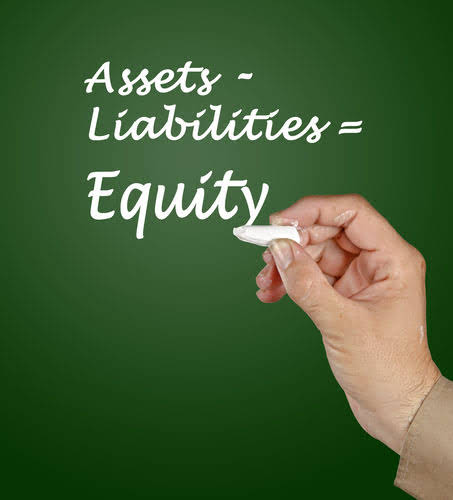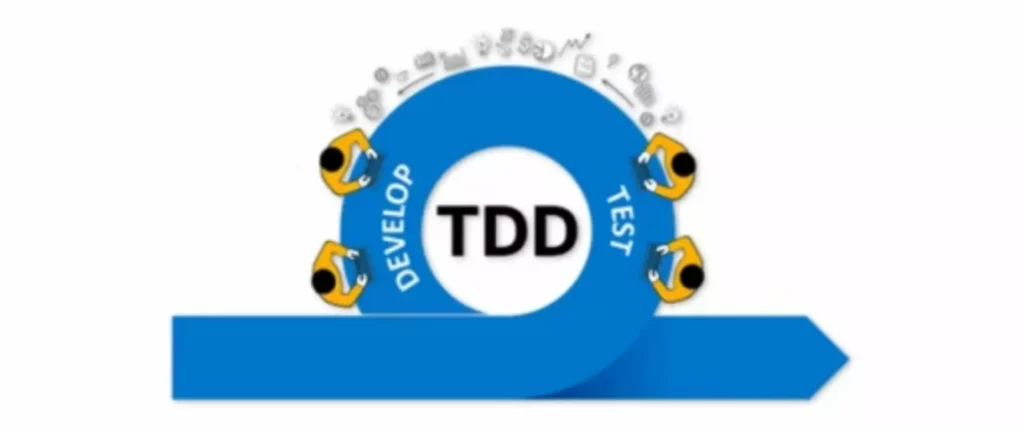For example, if an asset’s useful life ends on the last day of the ninth month, the time factor 9/12 will be used. Likewise, if an asset is sold on the last day of the eleventh month of an accounting year, a time factor of 11/12 will be used. All accounting years other than the first and the last one are charged depreciation expense in full using the straight line depreciation formula above. Notice that this graph shows the depreciation expense over an asset’s useful life and not the accounting years, which are rarely the same. Linear depreciation helps businesses understand the diminishing value of their assets.
- Depreciation calculation is crucial for financial reporting and tax purposes.
- This number will show you how much money the asset is ultimately worthwhile calculating its depreciation.
- Now that you have calculated the purchase price, life span, and salvage value, it’s time to subtract these figures.
- This method is used with assets that quickly lose value early in their useful life.
- Doing asset depreciation manually, even for seasoned professionals, is prone to error.
Additional Resources
It is suitable for assets that depreciate evenly over time, such as buildings, machinery, and vehicles. This method is often favored for its consistency and is required by many accounting standards. The following depreciation schedule presents the asset’s income statement and balance sheet presentation in each of the years. If we plot the depreciation expense under the straight-line method against time, we will get a straight line. Depending on the frequency of depreciation calculation, the carrying amount of the asset declines in equal steps. The straight-line method of depreciation assumes a constant rate of depreciation.
Journal entries
Owing to its ability to its simple presentation and reduced chances of errors, the method is highly recommended. In this method, the companies expense twice the amount of the book value of the asset each year. To figure straight line depreciation, subtract $5,000 (salvage value) from $30,000 (cost).
Method 2 – Using the SLN Function
- Bench simplifies your small business accounting by combining intuitive software that automates the busywork with real, professional human support.
- Owning a company means investing time and money into assets that help your business run smoothly.
- However, the straight line method does not accurately reflect the difference in usage of an asset and may not be the most appropriate value calculation method for some depreciable assets.
- In Excel, understanding and applying depreciation formulas can streamline this process, offering accurate calculations and facilitating efficient financial planning.
Suppose an asset for a business cost $11,000, will have a life of 5 years and a salvage value of $1,000. The straight line calculation, as the name suggests, is a straight line drop in asset value. Yes, but you’ll need IRS approval for the change and must update your accounting records accordingly. Note how the book value of the machine at the end of year 5 is the same as the salvage value. Over the useful life of an asset, the value of an asset should depreciate to its salvage value. Company A purchases a machine for $100,000 with an estimated salvage value of $20,000 and a useful life of 5 years.
Presentation in income statement and balance sheet
For example, suppose an asset having a depreciable cost of $5000 and a useful life of 5 years is purchased in the middle of an accounting year. In that case, the amount of depreciation expense in the first accounting year will be half of the full year’s depreciation charge. While linear depreciation is the most commonly used method, it is not the only option. There are other depreciation methods, such as the declining balance method and the sum-of-the-years’-digits method, which may be more appropriate for certain types of assets.
This method is straightforward and provides a consistent annual expense, which is particularly useful for accounting purposes. You can’t get a good grasp of the total value of your assets unless you figure out how much they’ve depreciated. This is especially important for businesses that own a lot of expensive, long-term assets that have long useful lives. Instead of dividing by the number of years in the depreciation calculation, the term (1 / Useful life) used in the formula above, can be converted to a depreciation rate. By addressing these challenges, companies can streamline their depreciation calculations, enhancing accuracy and optimizing financial practices. In accounting, the straight-line depreciation is recorded as a credit to the accumulated depreciation account and as a debit for depreciating the expense account.
Simply put, businesses can spread the cost of assets over a series of different periods, allowing them to benefit from the asset. Moreover, this can be accomplished without deducting the full cost from net income. For minimizing the tax exposure, this method adopts an accelerated depreciation technique.
The straight-line method of depreciation is popular among companies world wide because it is more conceptual and simple to employ. The Eastern Company will allocate a depreciation of $3,200 to all the years of the useful life of the fixed asset. Other names used for straight-line method are original cost method or fixed installment method of depreciation. Chartered accountant Michael Brown is the founder and CEO of Double Entry Bookkeeping. He has worked as an accountant and consultant for more than 25 years and has built financial models for all types of industries. He has been the CFO or controller of both small and medium sized companies linear depreciation formula and has run small businesses of his own.
He has been a manager and an auditor with Deloitte, a big 4 accountancy firm, and holds a degree from Loughborough University. Leveraging these functions allows users to model depreciation accurately, aiding in financial analysis and decision-making. Excel’s depreciation capabilities make it a versatile tool for both small businesses and large corporations looking to maintain precise and accessible records. Therefore, we may safely say that the straight-line depreciation method helps in the process of accounting in more ways than one. To illustrate this, we assume a company to have purchased equipment on January 1, 2014, for $15,000.
We can simply multiply the annual depreciation amount by 2.5 to calculate the accumulated depreciation. Depreciation expense in the first and last accounting periods is usually lower than the middle years because assets are rarely acquired on the first day of an accounting year. In the first accounting year, the asset is available only for 3 months, so we need to restrict the depreciation charge to only 3/12 of the annual expense. To calculate the accumulated depreciation for multiple investments in each year, use the OFFSET function to sum the annual depreciation in the last 6 years.
It calculates how much a specific asset depreciates in one year, and then depreciates the asset by that amount every year after that. While these methods can be applied to most tangible assets, certain assets may require specific methods based on industry standards or regulatory requirements. Intangible and non-depreciating assets like land typically follow different accounting rules. Modern businesses also benefit from using the Variable-Declining Balance, which offers flexibility and efficiency in managing complex asset portfolios with mixed depreciation schedules. Despite this complexity, it remains a widely used method because of its balanced acceleration structure for depreciation. The VDB method is particularly beneficial for managing complex asset portfolios, where depreciation behavior may not fit neatly into a single method category.
The straight line depreciation method is used to calculate the annual depreciation expense of a fixed asset. For tax purposes, businesses are often required to depreciate their assets over time. The straight-line method is the simplest approach for calculating depreciation deductions. By recognizing a consistent expense each year, businesses can reduce their taxable income and, in turn, lower their tax liabilities. In addition to straight line depreciation, there are also other methods of calculating depreciation of an asset. Different methods of asset depreciation are used to more accurately reflect the depreciation and current value of an asset.
This calculator provides a straightforward method to determine the annual depreciation of an asset, making it a valuable tool for both financial planning and accounting purposes. The annual depreciation rate under the straight-line method equals 1 divided by the useful life in years. According to straight-line depreciation, this is how much depreciation you have to subtract from the value of an asset each year to know its book value. Book value refers to the total value of an asset, taking into account how much it’s depreciated up to the current point in time. The amount of the asset depreciated over its useful life is referred to as the depreciable cost and is equal to the cost less the salvage value of the asset. We know that asset depreciation applies to capital expenditures, or items of equipment or machinery that will be used to generate income for your organization over several years.






.jpeg)
.jpeg)
.png)


